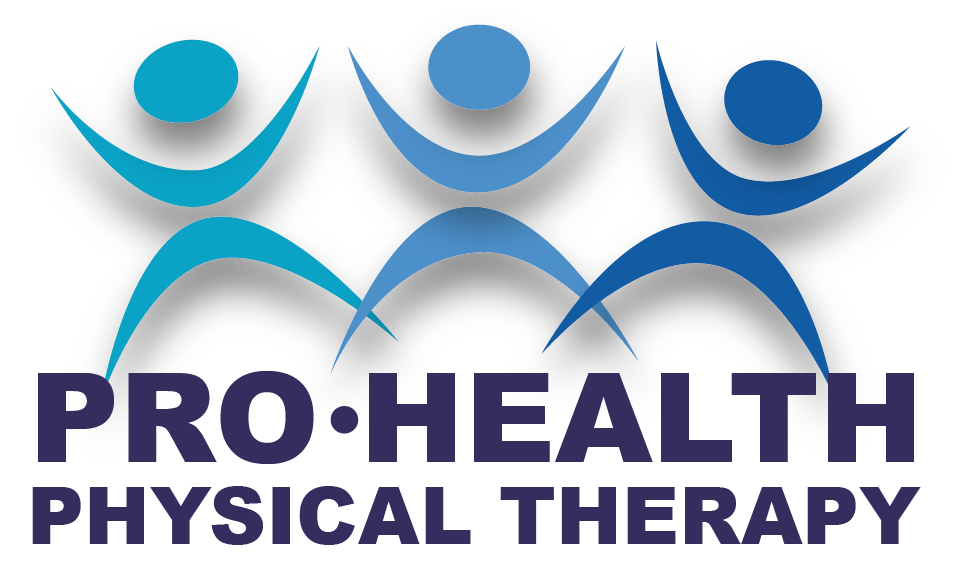VESTIBULAR REHAB
Physical Therapy can be very effective to manage or resolve issues causing dizziness, vertigo, and balance dysfunctions.
WHAT IS THE VESTIBULAR SYSTEM?
The vestibular system includes parts of the inner ear and brain that process and control balance and eye movements. The entire body – especially the neck and the lower extremities – work with the vestibular system to control body movement.
YOU ARE NOT ALONE …
Some studies estimate that as many as 35% of people over the age of 40 have experienced some vestibular dysfunction. 1
Dizziness
Dizziness is a feeling of wooziness or unsteadiness that is so prevalent that 80% of people aged 65 years and over have experienced dizziness. Dizziness can be due to an inner ear disorder, a side effect of medications, a sign of neck dysfunction, or it can be a more serious problem, such as a neurological condition 1. Dizziness can be short-lived or chronic dependent on its cause.
Vertigo
Vertigo is a sensation of spinning or rocking that is felt even when a person is not moving. It can occur at rest but it most often is triggered by head or body movements. Vertigo can be as mild as lightheadedness, up to being so severe that it causes nausea and vomiting, or even make people fall. As unsettling as it may be, spinning vertigo most often has a benign cause (i.e. not life-threatening) which can be effectively and easily treated in PT (see section on BPPV below).
Balance
Every year, about 8 million adults of all ages struggle with a balance disorder. About one-third of adults over the age of the age of 65 report difficulty walking or have fallen due to issues with balance2. Challenges in balance may be caused by medical conditions such as Parkinson’s disease or strokes; or vestibular conditions including BPPV (see below). It can also be caused by a lack sensation in the legs and feet (such as with diabetic neuropathy) or from a lack of strength or coordination.
Physical Therapy can be very effective to manage or resolve issues causing dizziness, vertigo, and balance dysfunctions.
At your appointment, your physical therapist will evaluate your symptoms and review your medical history. Your assessment will include all or part of the following areas:
- Balance assessment
- Strength and flexibility measurement
- Gait (how you walk) and mobility assessment (for example how you get up from a chair or manage stairs)
- Neurological and visual exam
- Neck and overall spinal mobility
- Positional testing to assess the functioning of the inner ear
Vestibular and balance rehab can often completely resolve issues with dizziness and vertigo. In the vast majority of cases, patients make enough improvement to return to their normal level of function. Even in the case of permanent disease or condition, rehab can always improve function and safety. In the case of BPPV, a full recovery can often be achieved with only one or two treatments.
WHAT IS BPPV?
Benign Paroxysmal Positional Vertigo (BPPV) is the most common vestibular disorder. BPPV is a disorder within the inner ear. It is often referred to having “crystals” or “beads” stuck in the inner ear.
Small crystals called otoconia are normally present in a structure of the inner ear called the utricle. However, they can become dislodged and enter an adjacent structure called the semicircular canals. The canals have a small opening at their base, and some loosened otoconia can inadvertently enter and get “trapped” in the canals. Head motions will then cause the crystals to move inside the canals triggering a sensation of spinning vertigo. Head trauma increases the odds of BPPV since a shock can cause more otoconia crystals to be set loose.
Diagnosis and Treatment for BPPV
A trained doctor or therapist will know how to diagnose BPPV by performing simple tests such as the Dix-Hallpike or Roll Tests which involve moving the head in very specific directions. If this triggers some crystals to move in the canals of the inner ear, the patient will feel vertigo and the examiner will be able to see the patient’s eyes move involuntarily (nystagmus). This is a hallmark of BPPV which allows a conclusive diagnosis of BPPV. Other tests can be ordered like Calorics, VNG, or Rotary Chair Tests to confirm BPPV; but most often these tests are not necessary.
Though many people are given medication for BPPV, there is no evidence to support this as a treatment1. Medications may calm the intensity of the symptoms or nausea, but stopping the spinning vertigo sensation requires getting the crystals out of the semicircular canals. In some cases, the crystals will exit the canals spontaneously (i.e. on their own, without treatment), the same way that they entered. In extremely rare cases, surgery may be considered. Fortunately, in the vast majority of cases, BPPV can be corrected mechanically by performing what is called a Canalith Repositioning or Liberatory Maneuver. This is easily and painlessly achieved with a specially trained therapist guiding the patient’s head in a specific sequence of motions that will help to move the crystals out of the inner ear’s canals.
Many studies have been done to assess the effectiveness of treatment maneuvers for BPPV, with results showing rates of resolution well into the 90% range by 1-3 treatments 3.
References:
1. https://vestibular.org/
2. healthinaging.org/
3. Parnes LS, et al. Diagnosis and management of benign paroxysmal positional vertigo (BPPV). CMAJ. 2003 169(7):681-693.
